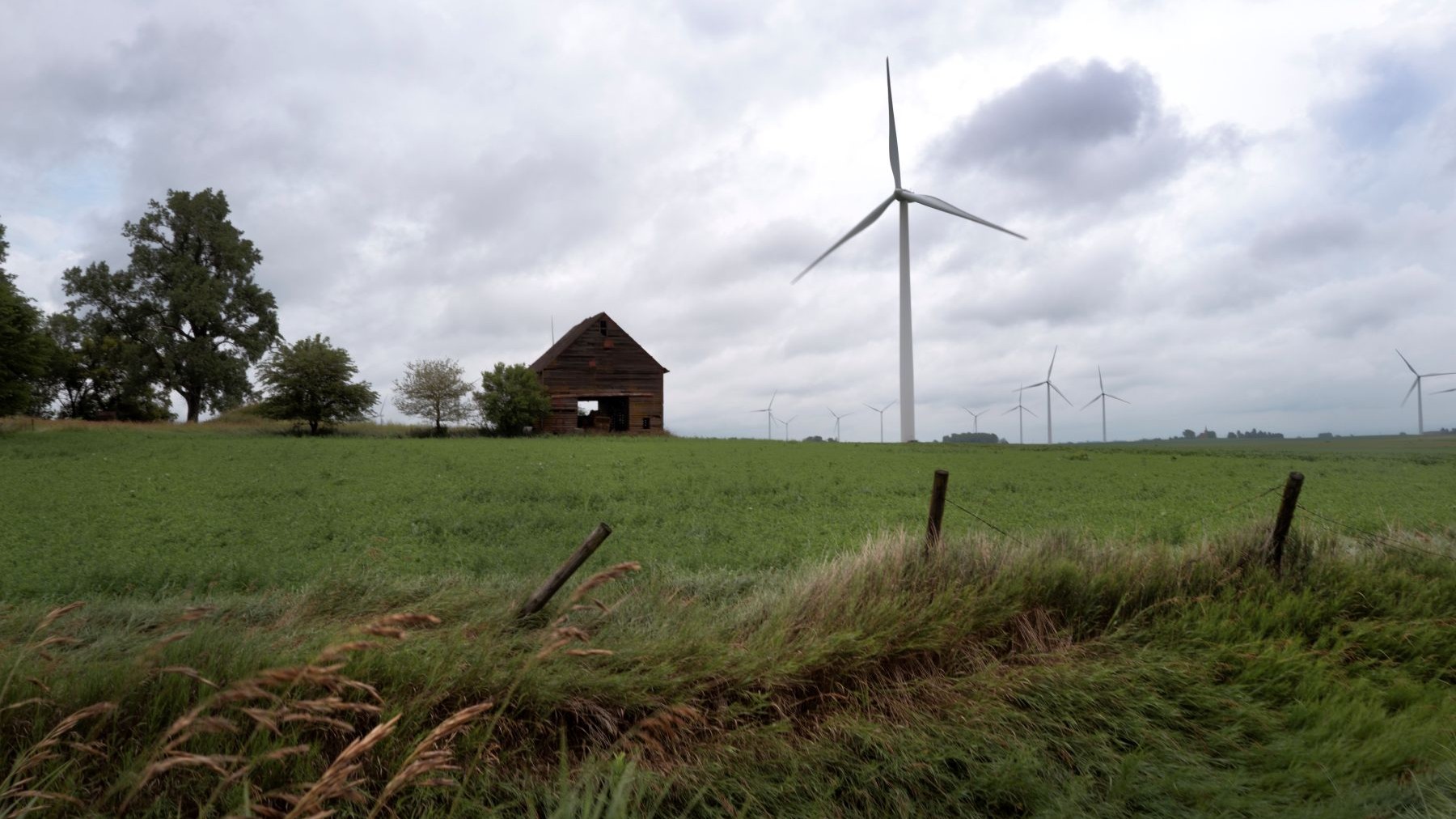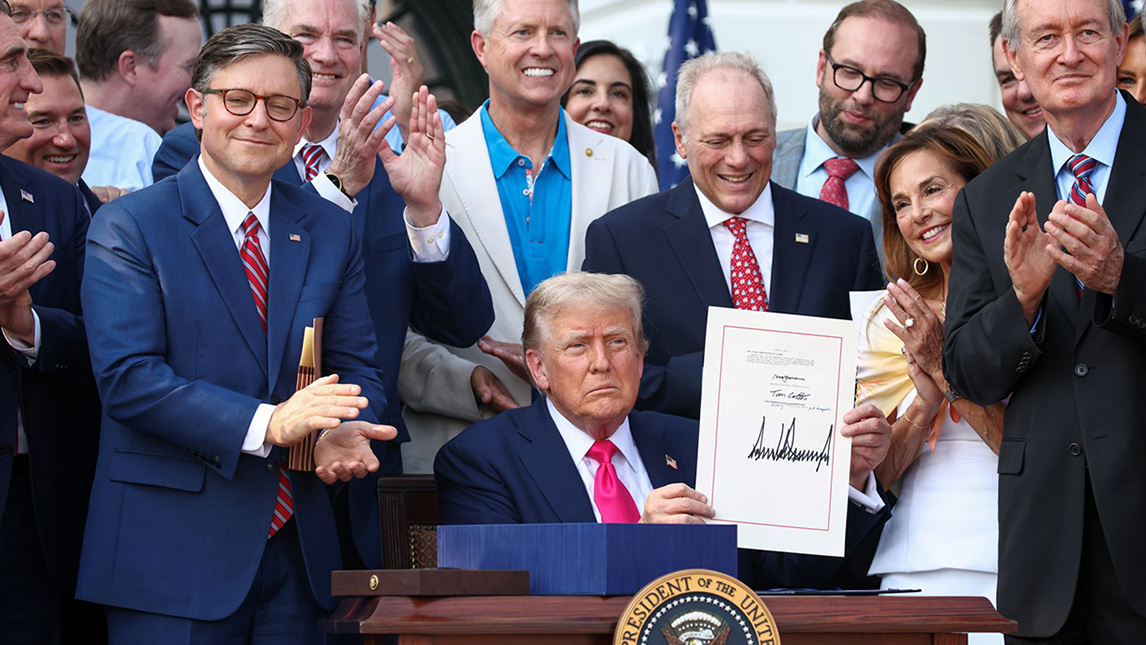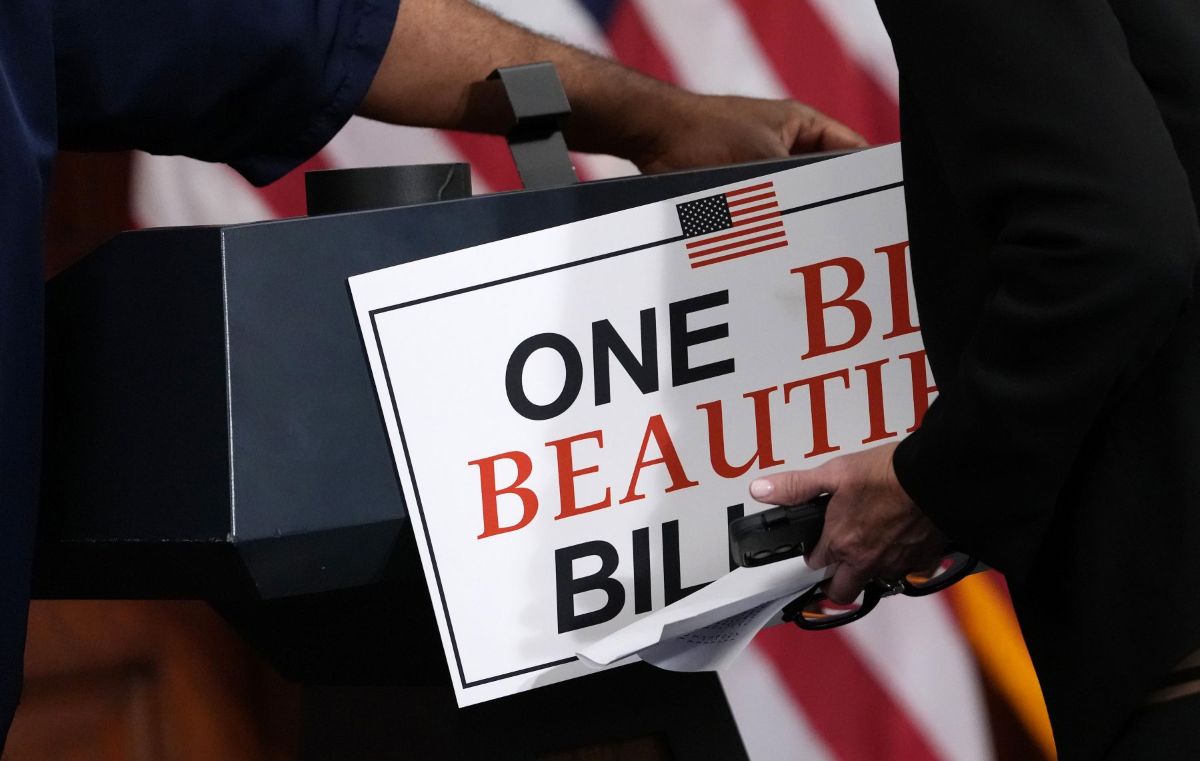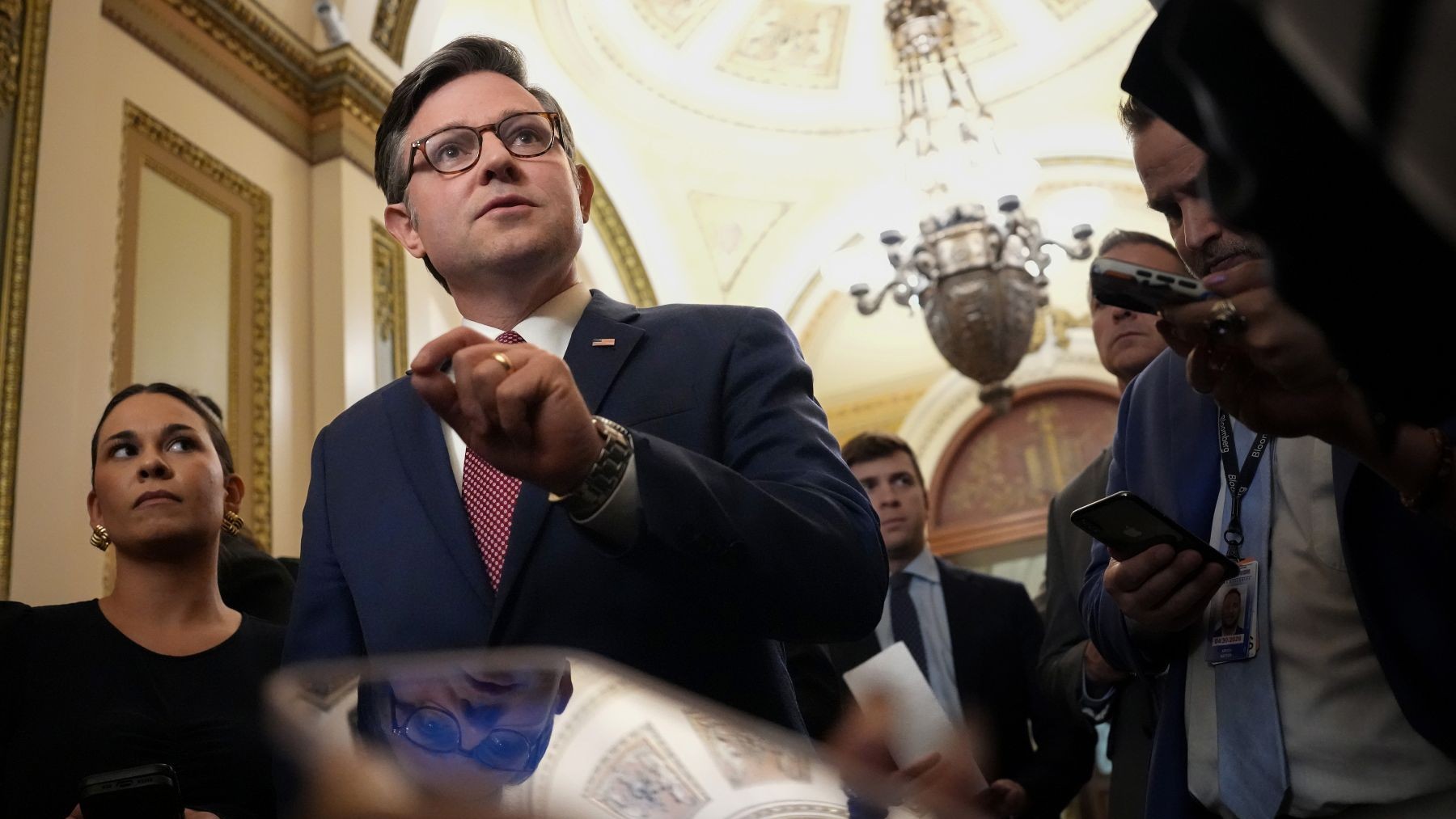President Donald Trump’s recent executive order goes after solar and wind projects even harder than before. That’s saying something, given his already historic crusade to sabotage an industry that was responsible for the vast majority of new power last year. But states can still push back and help projects across the finish line.
On July 4, Trump signed into law his so-called “One Big Beautiful Bill” (OBBB). By repealing large parts of the Inflation Reduction Act, the OBBB was likely the most devastating bill for the climate and environment in U.S. history. He followed up that act on July 7 with an executive order that goes even further, attempting to bully the clean energy industry out of existence. His new order tasks the U.S. Treasury to “build upon and strengthen” the repeal of clean energy tax credits from the OBBB by interpreting the bill in the most restrictive ways possible.
Let’s be clear. This is an effort by Trump to destroy a homegrown American industry. One that is responsible for millions of American jobs, billions in economic investments—largely in Republican areas—and the source of over 90 percent of new power capacity last year. And they’re doing this right as energy demand is surging.
Trump isn't stopping at the recent blow to clean energy from Congress; he's aiming to tighten the screws even further, pushing policies more extreme than his own party.
All of this is happening at a time when the climate crisis is spiraling out of control and costing people’s lives. Americans widely oppose Trump’s historically unpopular agenda and support clean energy overwhelmingly. But he is pursuing vendettas against wind turbines and serving his oil billionaires. This is all while the country experiences skyrocketing energy costs, historic floods, and heat waves this summer, exacerbated by climate change.
What Does Trump’s Executive Order Say?
This executive order directs his federal agencies to go after wind and solar companies by making clean energy tax credits even harder to access. Congress phased out tax credits for wind and solar projects gradually, allowing projects that commence construction within one year to still access the full 30 percent tax credit (or projects that are placed in service by 2027). But the ultimate details of this phaseout will be determined by the Trump Treasury Department.
Trump directed the Treasury to issue guidance on two crucial definitions within 45 days. These two definitions include:
1. “Commencement of Construction” - Trump directed the Treasury to issue a strict definition of this term, potentially removing tax credits from projects unless they have completed a “substantial portion” of construction by July 4, 2026. Traditionally, projects need to have either spent 5 percent of total costs or have begun site prep to pass the “physical work test.” They would then receive “safe harbor” and assured access to the credits as long as they are placed in service within four years. It’s possible that the new guidance would raise the bar for either or both of these two thresholds, or shorten the safe harbor period, upending any sense of certainty for an industry already under attack.
2. “Foreign Entity of Concern” -The revised credits now have foreign-entity of concern (FEOC) requirements that prevent any project from accessing credits unless their supply chains can be shown to be divorced from certain countries, including China. That requirement also applies beginning next year to all projects accessing tax credits, including the nuclear, storage, and geothermal projects that can access tax credits until the 2030s. It’s possible that FEOC rules could include all raw materials and upstream suppliers, or take other steps that make it even harder for companies to prove compliance. By directing the Treasury to “build upon and strengthen” the repeal language written by Congress, Trump risks going beyond the letter of the statute and pulling the rug out from clean energy project deals already underway. If he does so, lawsuits will certainly follow. There are other provisions in the Executive Order that aim to impede low-cost clean energy. He directs the Interior Department to identify and remove all favorable policies for clean energy that are not also given to fossil fuel energy.
3 Things We Can We Do About It
Clean energy companies are already working overtime to understand the new bill and to begin construction on their projects by next July. But they were just thrown a curveball, with likely punitive guidance documents coming from the Treasury in the coming weeks. That means they will need help with speeding up projects and permitting timelines. That’s where states come in.
1. State Permitting and Siting Timelines Are Essential
With only one year to begin construction on wind and solar projects to ensure access to tax credits, a delay in any interim step could make or break the entire project. One of the biggest time risks to new projects is in state and local permitting and siting timelines. States should ensure that permitting decisions are made as quickly as possible to make sure their state can benefit from the low-cost clean energy and in-state jobs that a new project would bring. There are two models for this work.
The first is the Federal Permitting Improvement Steering Council (FPISC), which works across the federal interagency to streamline permit decisions and track the status of all permits on a public dashboard. A state could replicate this model, with one staffer or office tracking each permit that a project needs and working with those agencies to ensure timely completion.
The second model is in Pennsylvania’s Permit Fast Track program, which creates an expedited permitting process for key economic development projects. The Fast Track process is led by the Pennsylvania Office of Transformation & Opportunity. It was paired with the PAyback program, which refunds permit fees if decisions are not granted by a certain deadline. Other states should replicate the permit decision deadline model for wind and solar projects to ensure decisions within 90 days or another suitably quick timeline.
States considering siting reforms, including those that move decisions from the local level to a single state agency, that create a state backstop process, or that create deadlines for siting decisions, should move to expedite passage of those bills. One such proposal currently being debated is Governor Shapiro’s RESET Board bill in Pennsylvania. This legislation should be finalized without delay.
2. States Should Help With Interconnection Approval
Another major bottleneck to timely project construction is the grid interconnection process. Utility companies or Regional Transmission Organizations (RTOs) usually need to grant approval for a project to connect to the grid before it can be built. This process can drag, often for years, making it impossible for projects to begin construction within a year and access tax credits.
States should ramp up the pressure on utility companies and RTOs to ensure fast interconnection agreements. This could take the form of the governor or utility regulators contacting the utility or RTO directly to emphasize the risk of much-needed new power projects not being completed without a rapid interconnection agreement.
3. Air Support Can Help States Secure Low-Cost Clean Energy
States can also reach out directly to project developers to find any other obstacles to project construction and help troubleshoot any problems.
And finally, if the Treasury finalizes guidance in 45 days that imposes new clean energy restrictions beyond the scope of the current law, states can step in. They can support clean energy companies by either directly joining lawsuits or submitting amicus briefs in support of legal action against the Trump administration.
Any meddling with clean energy tax credits also threatens state climate targets, in-state jobs, and affordable and reliable electricity for customers. After all, wind and solar remain the cheapest form of electricity around and the fastest to market. States can’t let the Trump administration bully this homegrown industry out of existence.





